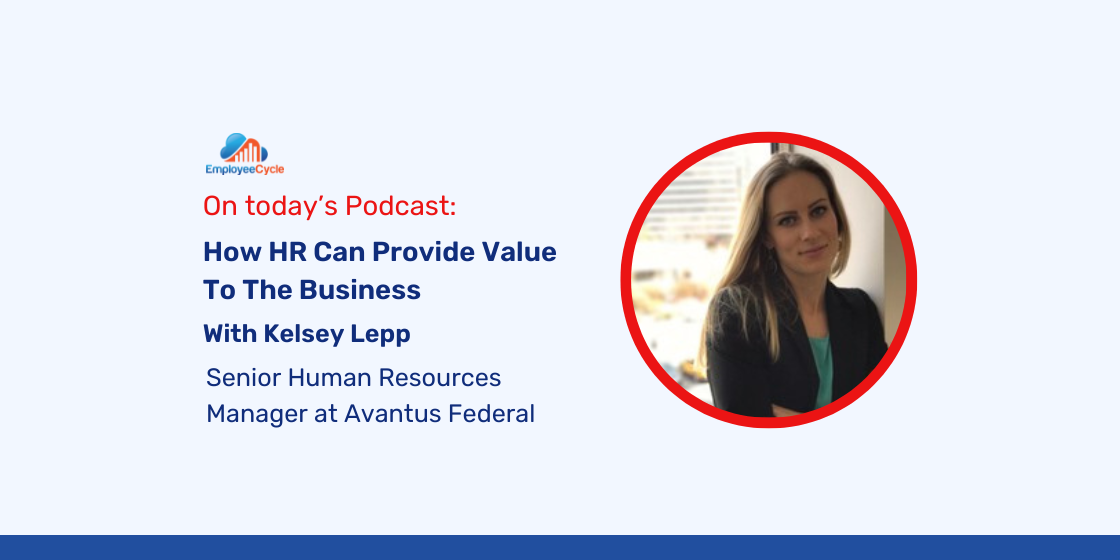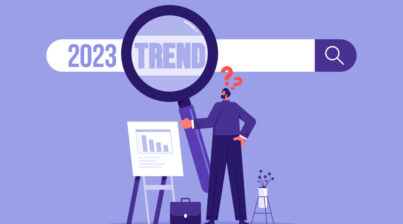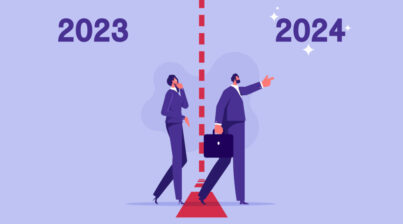On this episode of the Employee Cycle Podcast, we have Kelsey Lepp, Sr. Human Resources Manager at Avantus Federal, joining us to discuss How HR Can Provide Value To The Business.
What you’ll learn from this episode:
- First off, how did Kelsey Lepp end up in the wonderful world of HR?
- Secondly, what do you feel is others’ perception of your HR role?
- Next, why do you think HR has a negative perception with people?
- How can HR provide either more value or more perceived value to the business?
- What are some things that HR does behind the scenes that everyone may not know about but are mission critical to the business?
- Do you feel like HR is sometimes like a “parent” or “therapist” role in the HR-Employee relationship?
- What are some metrics that HR can leverage to show their value to leadership, managers, and employees?
- Final words for the listening audience? HR needs to take your organization’s client mission and make it your internal mission to your clients (employees, management, business units, leaders). Align everything you do to support that. Next, figure out how to get to “yes!” rather than HR typically saying no.
How to find Kelsey Lepp and Avantus Federal:
About Avantus Federal:
The Avantus brand, launched in 2020, is the result of the merging of seven fast-moving businesses in the intelligence, defense, and homeland security markets accelerated by phenomenal talent growth. Our clients benefit from our unique blend of breadth and reach, resources and resiliency alongside the agile and quick decision-making of a trusted environment. And our employees, some of the best in industry, benefit from a values-based culture of continuous investment in people integrated throughout everything we do.
Our clients are our focus, and our people are the engine of our success.
Music credits:
About Employee Cycle:
Employee Cycle is changing the way HR leaders use data! We change their disconnected employee data into a user-friendly, centralized, and real-time HR Analytics Dashboard. We help companies view, track, and analyze their workforce data in one place. As a result, companies avoid risks, save costs, and increase their employee lifetime value.












